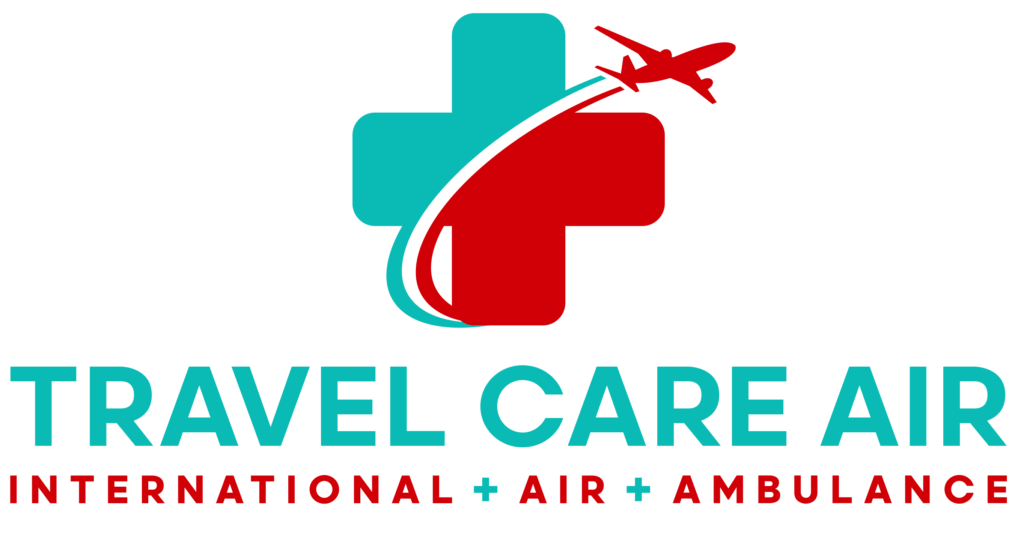The Hatch-Matheson medical transport legislation renews pediatric emergency funding so clinicians can deliver faster, safer care during urgent transfers. By strengthening systems and training, the Hatch-Matheson medical transport bill helps flight crews and hospitals coordinate when minutes matter.
How the Hatch-Matheson medical transport bill supports care
Congress reauthorized the Emergency Medical Services for Children (EMSC) program to improve equipment, protocols, and clinician training focused on kids. That support helps air and ground teams standardize checklists, reduce delays, and streamline bedside handoffs. For related rulemaking that influences operations, see FAA Sets Date for Air Ambulance Rules and New FAA Air Ambulance Regulations.
What funding does—beyond the headline
Reauthorized dollars flow to research networks and readiness programs that improve pediatric protocols, data sharing, and system drills. Stronger guidance helps crews quickly choose the safest mode—helicopter, fixed wing, or commercial with clinical escort—and align receiving teams. For access considerations tied to reimbursement, review the air ambulance rate bill.
Hatch-Matheson medical transport: benefits for families and case managers
Families gain clearer pathways during stressful moments. Case managers can rely on consistent pediatric standards, faster pre-arrival notifications, and better cross-agency communication. When transfers cross borders, planning still matters—see Arranging Medical Transport Across Borders—and for interstate moves, read How Does Long-Distance Medical Transport Work Across the U.S.?
What providers should do now
Confirm documentation checklists, update pediatric drug kits and equipment lists, and run scenario drills that include hospital, EMS, and aviation partners. Build a single communication thread so families get concise, compassionate updates from booking to bedside.
Our commitment
Travel Care Air supports policies that elevate pediatric readiness and protect patients in flight. We coordinate closely with hospitals and EMS partners, align with FAA guidance, and maintain rigorous training to keep every mission safe and predictable.
